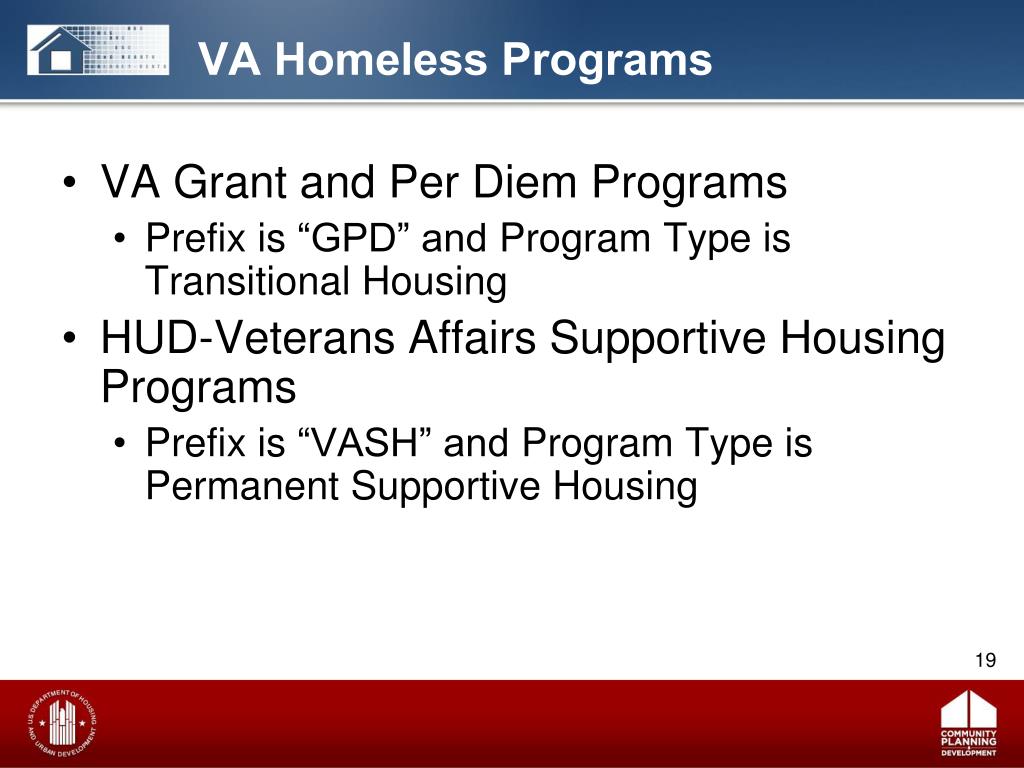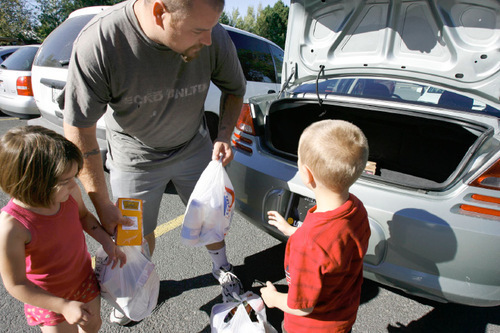

Step Four: Referral to shelter and/or housing The National Runaway Safeline offers services and a confidential 24/7 hotline for young people who are at risk of homelessness. Communities that do not have a lot of people living outside will also prioritize individuals and families based on a common set of factors that indicate how vulnerable and unsafe their current situation is and how close they are to a housing crisis. Help for those “doubled up,” unstably housed, or imminently homeless. These communities need to prioritize resources for those who need them the most. have many people sleeping outside (including for long periods of time) and do not have enough shelter or housing to move everyone back into housing quickly. Unfortunately, a lot of communities in the U.S. Step Three: Prioritizing for Shelter and Housing This process may happen in stages with different providers based on your needs, but is meant to help you move as quickly as possible from your current situation back into your own home. In addition to determining whether you need shelter, this assessment will explore what other housing needs and preferences you have. These questions are not meant to disqualify you from services but to make the best match to services you may be eligible for.Īssessing permanent housing needs/preferences. They may also ask how long you have been living on the street (or other place not meant for people to sleep in), if you have children, your income, employment history, and criminal history. This assessment will ask you questions about your physical and mental health and your age.

If you can’t stay where you stayed last night or there is no safe alternative for you, then provider staff will likely assess your strengths and needs relative to others who are also in need of a shelter bed.

→ To get in touch with homelessness services in your community, find your local 2-1-1 hotline. They may negotiate with a friend or family to extend your housing and may be able to assist you with rent or utilities. Provider staff may try to help you maintain your current housing (if you have any) and resolve conflicts that are keeping you from staying there. Having a safe, alternative to shelter is often a much better way of resolving your housing crisis. Step Two: Determining how best to help youĮxploring options other than shelter. The Supplemental Nutrition Assistance Program (SNAP) offers nutrition assistance to millions of eligible, low-income individuals and families.įind or call your local SNAP office | Call the national information line 1-80 The Women, Infants and Children (WIC) program offers supplemental nutritious foods, nutrition education and counseling, and screening and referrals to other health, welfare and social services. A good place to start is your County Department of Human or Social Services, a nearby church, social service non-profit, the library, or a food pantry.įeeding America offers a food bank locator to help you find a food bank in your community.

If your community doesn’t have a single access point, or you are unable to find it, you will have to identify various providers and determine if they have an available shelter bed or other resources like food and health care. The National Coalition for the Homeless offers basic information on how people experiencing homelessness can get help and access resources. Contact your community’s CoC to learn about access to shelter, housing, and other resources.Ĭontact the CoC in your area (after entering an address, click the map to find contact information for your local CoC)Ī 2-1-1 hotline is available in many communities and offers trained staff 24/7 to help residents access services like shelter, health care, food, and other social services programs.įind your community’s 2-1-1 hotline | Call 2-1-1 The Continuum of Care (CoC) program is the “front door” for homelessness services across the country. Getting In Touch With the Shelter System in Your Community


 0 kommentar(er)
0 kommentar(er)
